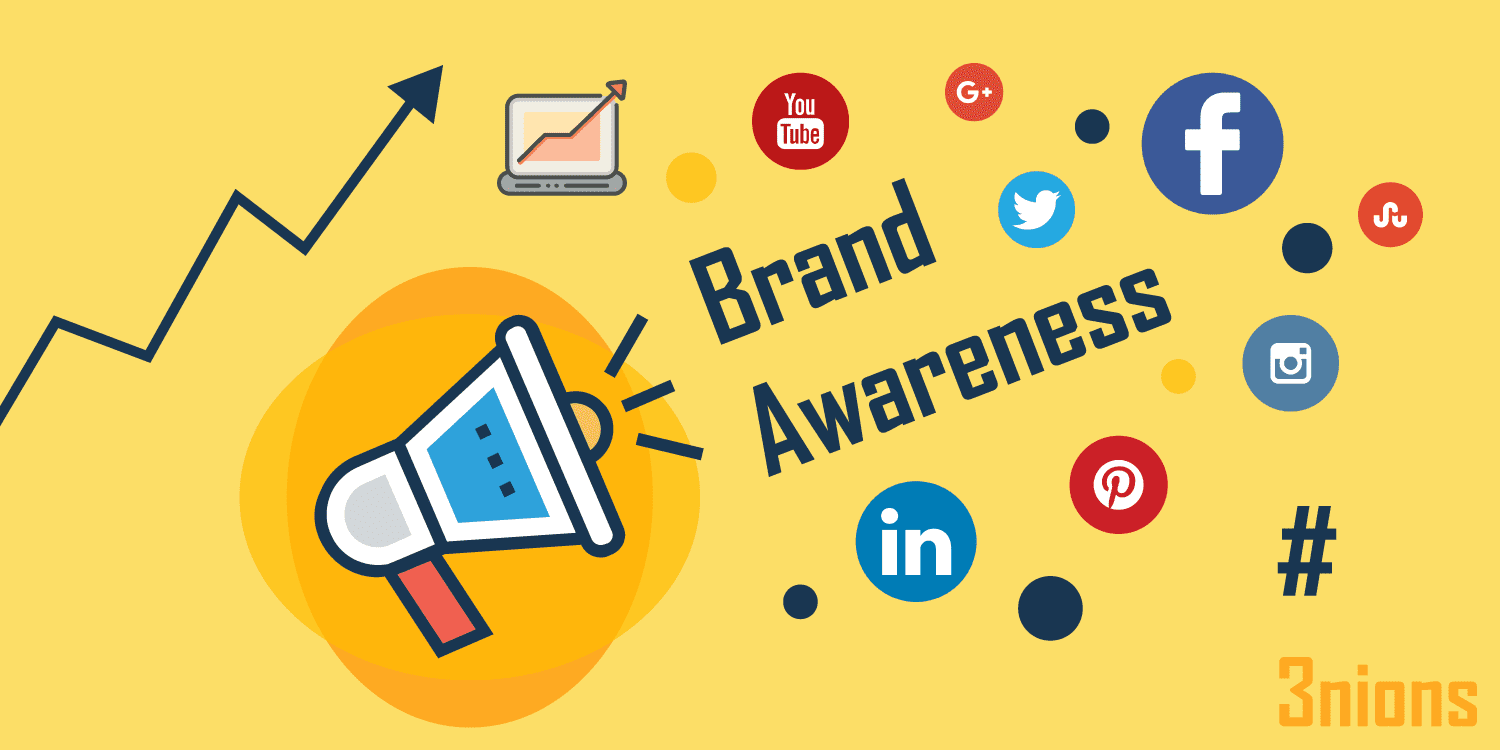
Table of Contents
In 2025, digitalization is not an enhancement—it is a core element of business survival. Customers today demand instant service, hyper-personalized experiences, and seamless digital interactions. Behind the scenes, organizations are under pressure to operate lean, scale fast, and respond intelligently to change. Businesses that embrace digitalization holistically are no longer playing catch-up—they’re setting the pace.
Business digitalization is not about layering apps over old processes. It’s about rethinking how work gets done, how teams collaborate, how decisions are made, and how value is delivered. The most successful enterprises have re-engineered their operations around data, automation, and cloud-native systems—not just for efficiency, but for resilience and innovation.

According to PwC’s 2025 Digital Transformation Survey, 91% of operations leaders believe digitalization is mission-critical. Yet, nearly the same percentage (92%) feel their investments have not delivered full ROI. The problem? Treating digital upgrades as isolated projects rather than a unified, outcome-driven strategy.
Digitalization as a Business Engine
The real power of digitalization lies in its ability to:
- Accelerate execution with real-time systems and automation
- Break down silos so departments operate in sync
- Enable data-driven decisions by connecting front-office and back-end systems
- Support innovation through modular, cloud-based tools
- Drive resilience, allowing businesses to pivot fast in response to disruption
It’s not just large enterprises reaping the benefits. Small and medium-sized businesses (SMEs) are now accessing digital tools that were once out of reach. Cloud software, AI assistants, and low-code platforms are giving smaller players the edge to compete, scale, and differentiate.
2025 Digitalization Trends Shaping the Future
- AI-Integrated Operations: AI is now embedded into logistics, finance, HR, and customer service, enabling predictive maintenance, intelligent procurement, and real-time risk mitigation.
- Unified Collaboration Tools: Platforms like Microsoft Teams, Slack, and Zoom have evolved into digital command centers, connecting communication, data, and task automation.
- Cloud-Native Infrastructure: Businesses are shifting to cloud-first environments, enabling global access, faster deployment, and real-time data insights.
- Corporate Digital Responsibility (CDR): As digitalization expands, so does the need for transparent, ethical, and secure practices. Governance, data privacy, and bias mitigation are no longer optional.
- SME Acceleration: Startups and SMEs are adopting digital faster than ever, leveraging tools for e-commerce, remote collaboration, marketing automation, and digital finance.
Common Barriers to Digital Progress
Despite growing awareness, many companies encounter recurring challenges:
- Change Resistance: Without leadership buy-in and cultural shift, even the best tools fail.
- Fragmented Systems: Disconnected platforms lead to inefficiencies and missed insights.
- Skill Gaps: Employees need support, not full reskilling—intuitive tools and targeted training can close the gap.
- Data Quality: Automation is only as good as the data behind it. Cleansing and standardization are essential.
- Cybersecurity Risks: Expanding digital footprints must be matched with strong security and compliance frameworks.
Cinnex: Enabling Scalable Digital Maturity
Cinnex works with companies across Southeast Asia to unlock real value from digitalization. From startups digitizing basic workflows to mid-sized logistics firms building predictive systems, we help organizations grow smarter, not just faster.
Our approach includes:
- Digital Readiness Audits to identify pain points and opportunities
- Pilot Programs focused on high-impact, measurable improvements
- Platform Integration using cloud, iPaaS, and API-first tools
- Change Enablement through user onboarding, training, and leadership coaching
- KPI Tracking from customer satisfaction to cost per transaction
Cinnex 5-Phase Roadmap to Digital Transformation
- Diagnose & Prioritize: Audit tools, workflows, and friction points.
- Strategize & Govern: Set clear goals and digital leadership across departments.
- Pilot & Validate: Test use cases like customer onboarding or smart dashboards.
- Scale & Connect: Expand integrations across teams with centralized data flow.
- Embed & Empower: Build a digital culture with learning, rewards, and performance metrics.
Industry Examples of Digitalization in Action
- Retail: A fashion brand uses AI to tailor web experiences and sync inventory in real time. Their online conversion doubled in 6 months.
- Logistics: A freight company replaced manual tracking with predictive routing—cutting late deliveries by 38%.
- Healthcare: Clinics digitized records into cloud EMRs, enabling faster diagnosis and reducing paperwork.
- Manufacturing: A furniture firm automated production with ERP + IoT sensors, reducing waste and boosting throughput.
The Future Is Digital-First
Digitalization is entering its next chapter: proactive, predictive, and deeply embedded. Companies that succeed won’t just solve today’s problems—they’ll prevent tomorrow’s. With intelligent systems, cross-functional visibility, and ethical frameworks, digital enterprises are poised to adapt to anything.
The winners of 2025 will not be the biggest—but the most adaptable.
With Cinnex, your business gains more than tools. You gain a partner that understands local challenges, speaks the language of transformation, and builds systems that work for your people. If you’re ready to move beyond patchwork tech and build real digital capability, Cinnex is here to help.
















